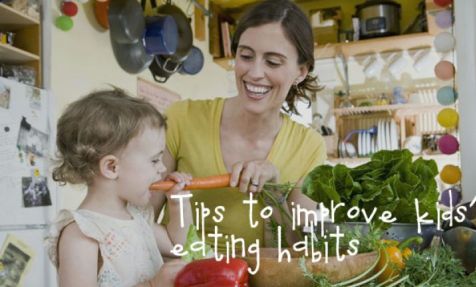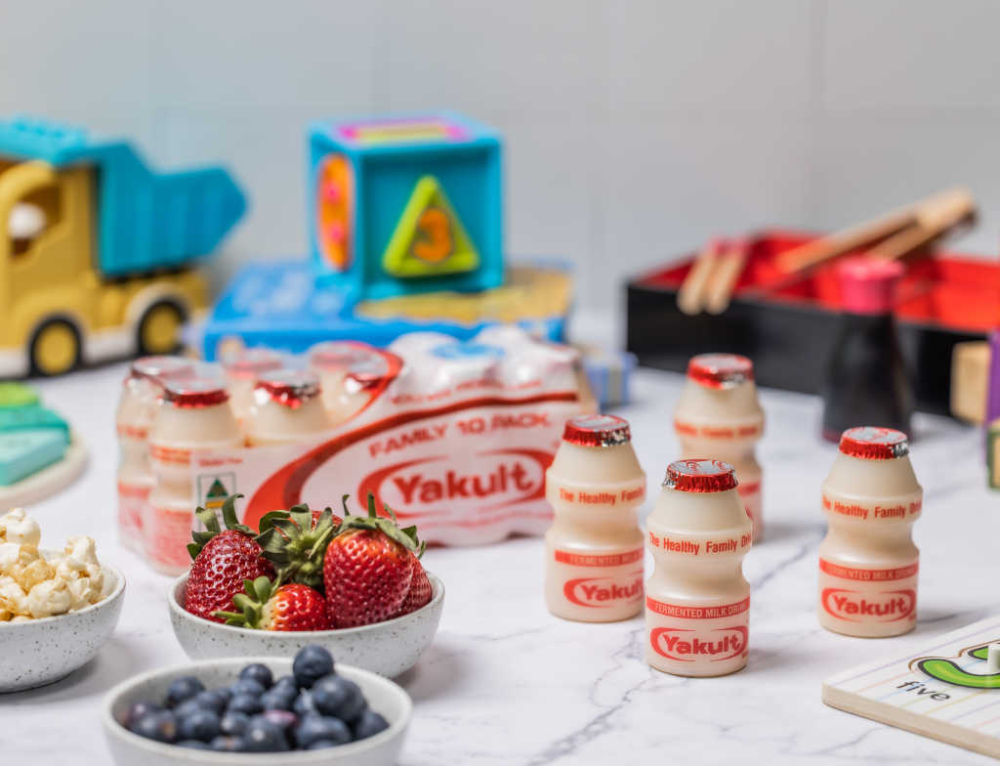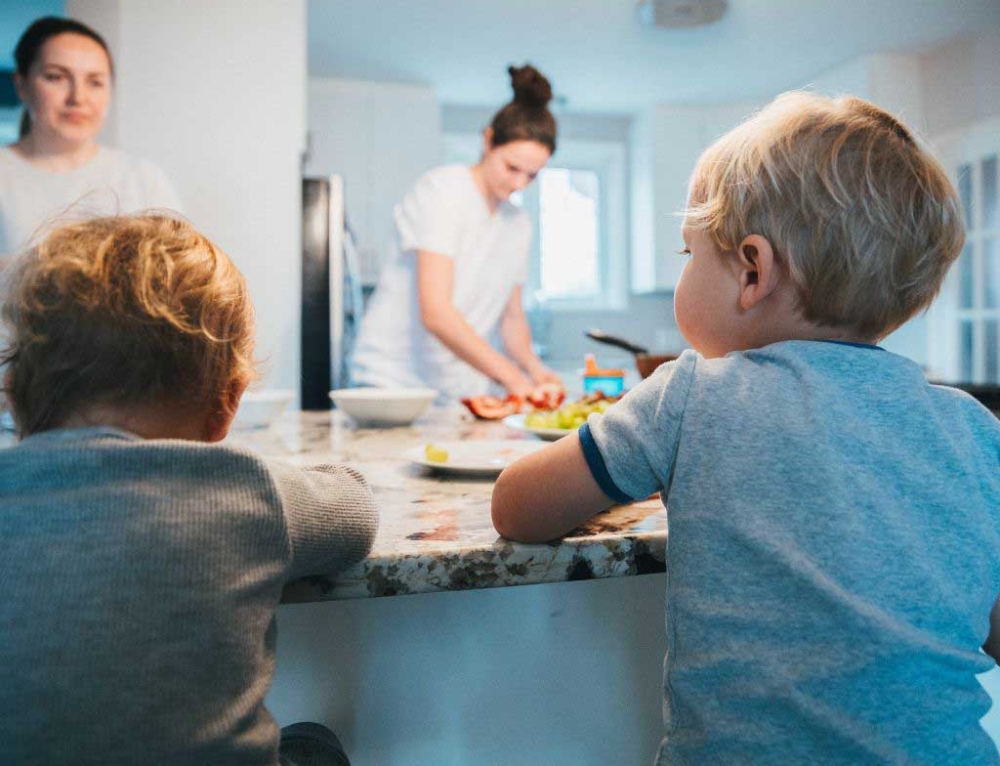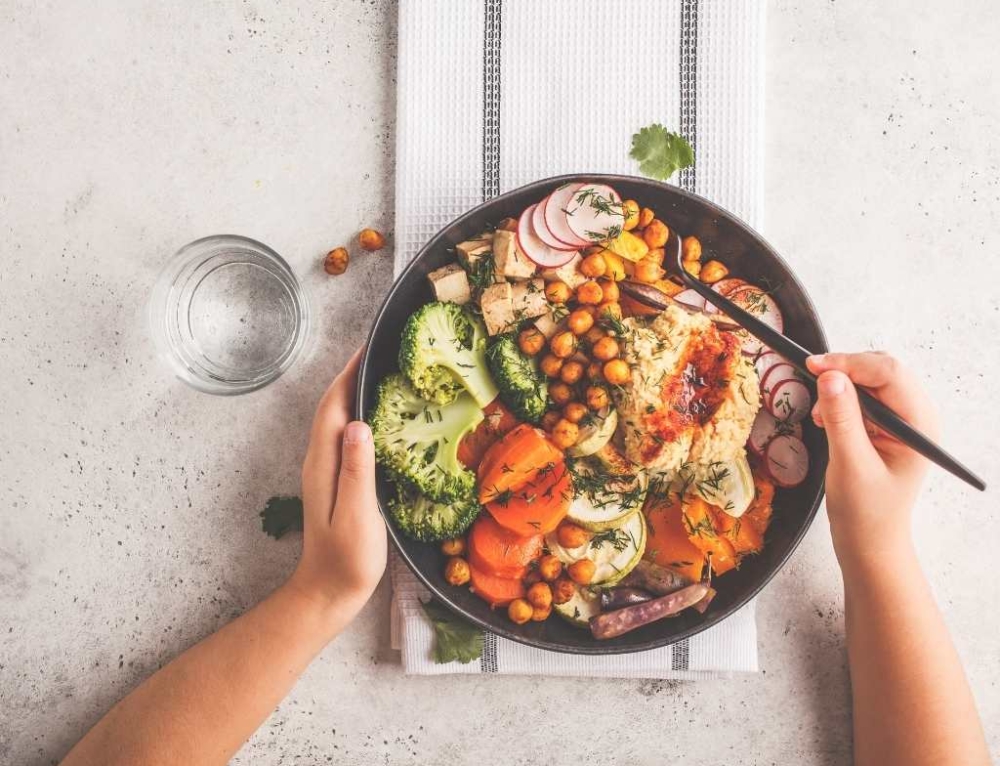Children can often slip into bad eating habits before we even realise it and by the time we address the issue, the damage is done – and reversing bad habits is much harder than simply nipping them in the bud.
The reason why so many parents struggle with the same problem is that eating is an emotionally-charged topic. We want the best for our children but when they refuse everything, we worry about them starving and so will give them ‘anything, as long as they’re eating’! If this happens too often, that’s how it becomes a bad eating habit.
Below are the most common habits that children fall into, and what parents can do to overcome the problem without pressuring or making it worse:
The Veggiephobe
This is the one that can pick a pea out of a casserole dish, and smell steamed broccoli before they even walk in the door. Chances are, you struggle to even get the plate on the table infront of them – they have some kind of magnetic force that doesn’t allow the vegetable within a metre of where they’re sitting, amazing huh?! I recently found out that I was one of these children, and that explains why I struggle to enjoy my vegetables to this day. I wish I loved vegetables, and I wish I’d been encouraged to love them from a young age so it wasn’t such a challenge for me now.
The key with this one is to persevere. Try doing the vegetables in olive oil, margarine or cheese to make them more appealing – yes that may defeat the purpose of eating a healthy vegetable, but it’s a starting block. Don’t be disheartened, it’s reported that children may have to taste something up to 20 times before they will accept it. Another way to pique their interest is to have them grow their own veggies or help you shop at the market.
The Sugar junky
Sugar has been getting a lot of bad publicity recently, and people are becoming more aware of limiting their sugary intake. Natural sugars that come from fruit are OK, but it’s when we start adding too much processed sugar to our diets that we need to be concerned.
When we start our children on solids, a lot of their first foods will be sweet. Just like adults, kids can get on a roll and crave sweet items over savoury, which is the start of a slippery, sugary slope.
The best way to combat this is to be informed. Read food labels and check for added sugar – 4 grams is equivalent to 1tsp of sugar. You don’t need to eliminate treats completely, but they also don’t need to be a daily/nightly occurrence.
The Carbo-loader
Some children will gladly eat bucketloads of anything… white. Bread, biscuits, pasta and rice are their idea of the “food groups”. These foods are high GI, meaning they digest quickly and you are left with a hungry child who is most likely deficient in iron and zinc.
Sometimes this is down to food texture, with meat and crunchy vegetables requiring too much effort to eat. You can get around this by including soft casserole meats diced in sauce – on top of brown rice so they’re still getting their carbs. Swap out as many of the carbs as you can with whole-grain options, one at a time so the change isn’t too drastic for your child.
The Juiceaholic
This can be confusing for many parents, who think that getting fruit into their child in the form of juice is a great idea. However, juice includes all of the sugar from the fruit but none of the fibre, increasing the risk of tooth decay and obesity. It’s a nasty cycle too, as juice becomes an addiction and water won’t cut it anymore when your child is thirsty. This affects food choices and can even take the appetite away from eating food.
It’s best not to remove juices ‘cold turkey’, but start by watering down the juice by halves and quarters. Make water fun by adding a straw or a special new cup that only water is allowed in, this might bring excitement to an otherwise plain problem!
Anything worth doing doesn’t usually come easily, so do your best. Good health is one of the most important gifts that we can pass on to our children.







Leave A Comment
You must be logged in to post a comment.